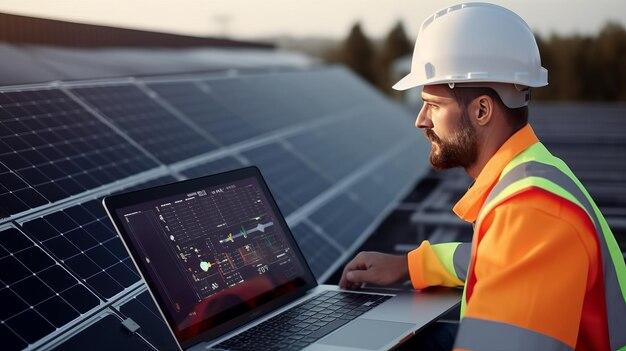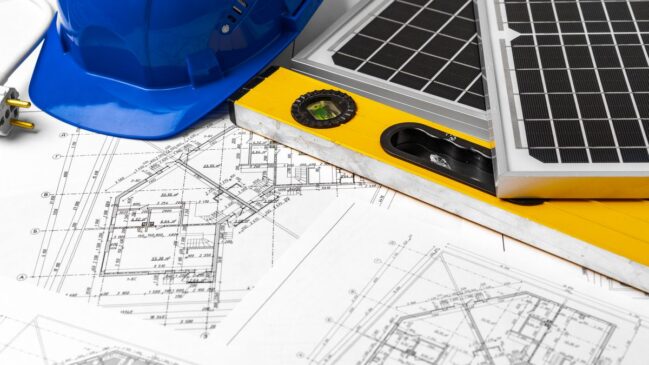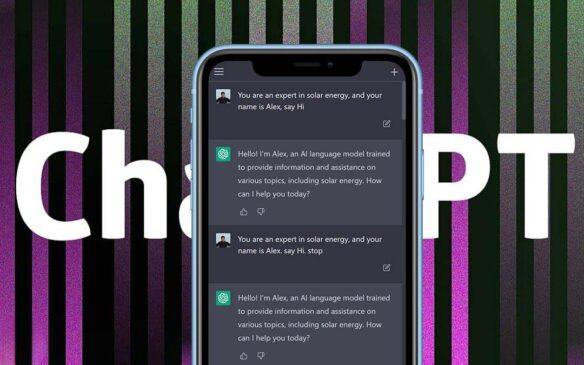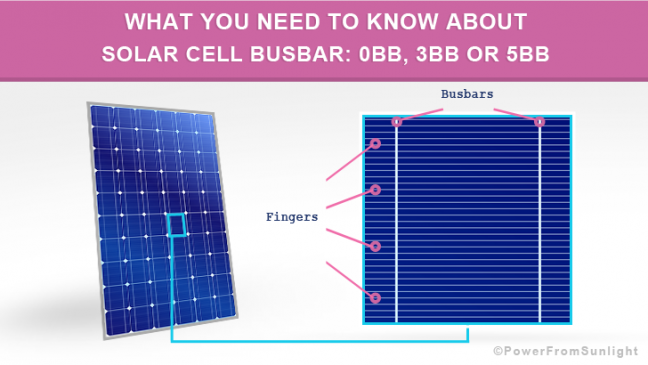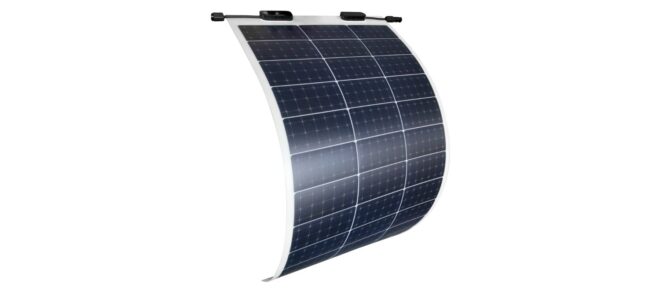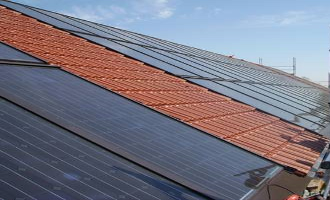
The Profitability Calculation Of A Solar Panel System
Due to the numerous influencing factors, a profitability calculation of a solar panel system is not an easy task. In most cases, the calculation of the profitability is only important from the time when the solar PV system is making profit.
Factors influencing the profitability

There is a range of factors, which have a lasting effect on the profitability:
- Investment costs
- Operating and maintenance costs
- If necessary, financing costs
- Interest rates, and inflation
- The volume of self-consumption and what is fed into the utility grid
- Energy price increase rate
Particularly, the determination of the last two points for a profitability calculation are impacted by uncertainties and can have a significant effect on the final result. To which percentage, for example, the cost of electricity will rise in the coming years is a matter of faith and each customer should be left to deliver their forecast.
The costs of a solar panel system

The costs of a solar PV system are determined by the plant size, selected solar modules, selected solar power inverters and the other technical components.
For photovoltaic installations up to 10 kWp, the average in the U.S is $3 to $4 per Wp (1. Quarter of 2017). If the solar PV system is foreign financed, then the financing costs should be taken into consideration.
If the solar panel system is entirely or partly funded from personal capital, then instead of interest rates, interest revenues of the capital have to be calculated. To that should be added the operating costs, which should be comparatively small, but present. For rough calculations, 1% to 1.5% of the acquisition costs can be used as an estimate.
The amount of self-consumed solar power must be taxed. Income tax is also to be paid when the solar PV system yields a profit. This is, in the early days, unlikely.
Income of a solar PV system

With the aid of a solar PV system, there are either reduced expenses or generated revenues. Firstly, are the savings due to avoidance of drawing electricity from the utility grid and secondly is the feed-in remuneration (or the Net Metering).
The income from a solar PV system indeed depends on a variety of factors: location, the amount of the global radiation, the roof pitch and orientation and on the used solar modules.
When is it worthwhile investing in a solar PV system?

An investment is usually considered as profitable, when over the 20 years via the solar panel system more revenues can be obtained than the resulting costs.
The estimation is not straightforward. Indeed many points are established, but who knows, for example, how the electricity price of the energy provider will develop? However, this influences the amount of the saved costs significantly.
Return generated from a solar photovoltaic system

For the smaller investors, it suffices to have through the solar panel system a sustainable power generation without putting itself in the red.
In contrast, for big investors, the return must also be right. The return is expressed as a percentage and is, in the end, a ˈtheoreticalˈ interest rate of the capital invested.
Solar calculator
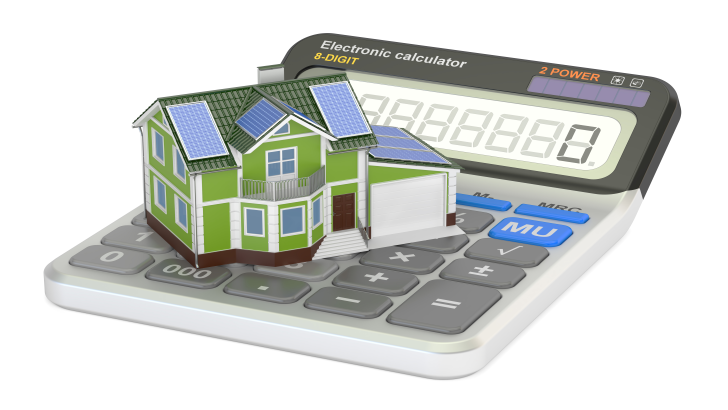
Calculation of feasibility and ROI is complicated. If you want to save having to do all the work, then it is worth using a solar calculator.
Solar calculators take into account the many factors and calculate not only the possible return but, the revenues from the feed-in remuneration too.

